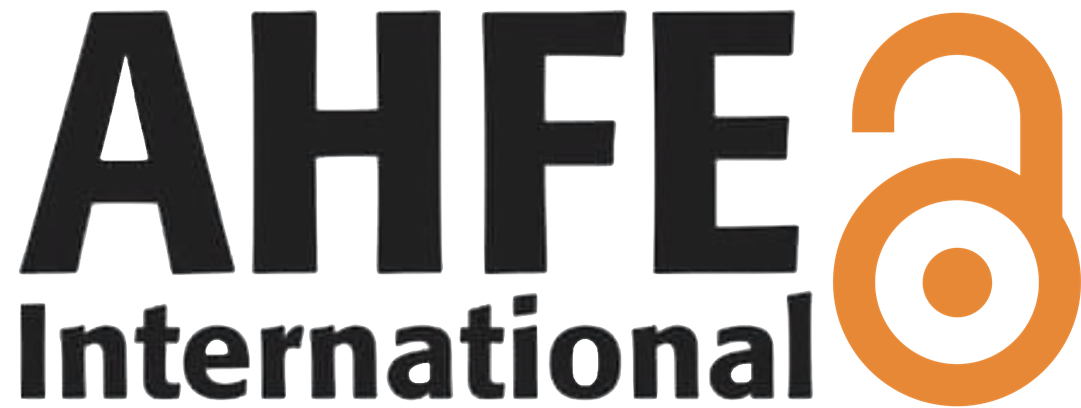Decoding Pet Signals: Bridging the Gap for Accurate Diagnoses
Open Access
Article
Conference Proceedings
Authors: Rafael Pinho, Gustavo Tironi, Walléria Correia, Helouise Mattjie
Abstract: The global pet care market is booming, with pet owners increasingly seeking ways to understand and improve the well-being of their animal companions. This demand extends beyond domestic pets to working animals, such as those in law enforcement and the military, and even to livestock in the agriculture industry. Accurate and timely diagnosis of health issues is crucial in all these sectors, but traditional methods often rely on subjective observations and infrequent veterinary visits. This paper introduces a novel Internet of Things (IoT) platform designed to bridge this gap by providing continuous, objective monitoring of animal behavior and activity.Our platform employs a non-invasive, wearable device equipped with an array of sensors that capture physiological and movement data. This data is then processed using advanced machine learning algorithms to classify the animal's activity into predefined categories, such as resting, playing, eating, or exploring. By analyzing patterns and deviations in these activities, we construct a comprehensive "Activity Level Indicator" (ALI). This index provides a clear and quantifiable measure of the animal's overall well-being, categorizing them as normal, hyperactive, or lethargic.Furthermore, the collected data is visualized through an intuitive dashboard accessible to pet owners, trainers, and veterinarians. This dashboard provides valuable insights into the animal's daily routines, activity levels, and potential anomalies. For pet owners, this translates to a deeper understanding of their pet's needs and early detection of potential health concerns. For trainers, the platform offers data-driven feedback to optimize training programs and monitor progress. Veterinarians can leverage the platform to access objective data, aiding in diagnosis and treatment planning, and enabling remote monitoring of patients.This paper details the development and validation of the IoT platform, including the sensor technology, machine learning models, and dashboard design. We present results from a pilot study demonstrating the platform's effectiveness in accurately classifying animal activities and identifying deviations from normal behavior patterns. The potential applications and implications of this technology are discussed, highlighting its contribution to improving animal welfare across various domains, from enhancing the bond between pets and owners to revolutionizing animal healthcare in veterinary practice and the agriculture industry.
Keywords: Behavior Classification, Wearable Sensors, Smart Monitoring, Internet of Things, Machine Learning
DOI: 10.54941/ahfe1005874
Cite this paper:
Downloads
278
Visits
995


 AHFE Open Access
AHFE Open Access